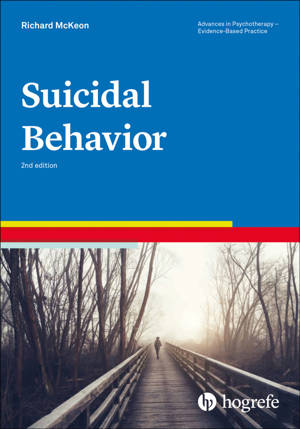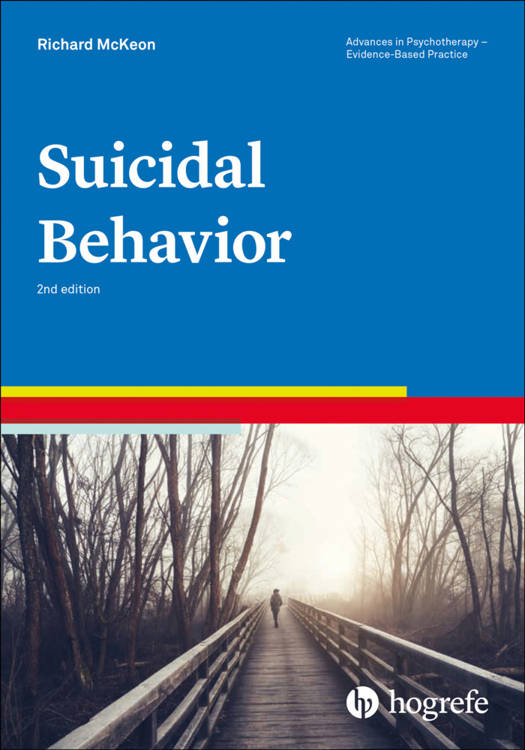
- Afhalen na 1 uur in een winkel met voorraad
- Gratis thuislevering in België vanaf € 30
- Ruim aanbod met 7 miljoen producten
- Afhalen na 1 uur in een winkel met voorraad
- Gratis thuislevering in België vanaf € 30
- Ruim aanbod met 7 miljoen producten
Zoeken
Omschrijving
With more than 800,000 deaths worldwide each year, suicide is one of the leading causes of death. The second edition of this volume incorporates the latest research, showing which empirically supported approaches to assessment, management, and treatment really help those at risk. Updates include comprehensively updated epidemiological data, the role opioid use problems, personality disorders, and trauma play in suicide, new models explaining the development of suicidal ideation, and the zero suicide model. This book aims to increase clinicians' access to empirically supported interventions for suicidal behavior, with the hope that these methods will become the standard in clinical practice.The book is invaluable as a compact how-to reference for clinicians in their daily work and as an educational resource for students and for practice-oriented continuing education. Its reader-friendly structure makes liberal use of tables, boxed clinical examples, and clinical vignettes. The book, which also addresses common obstacles in treating individuals at risk for suicide, is an essential resource for anyone working with this high-risk population.
Specificaties
Betrokkenen
- Auteur(s):
- Uitgeverij:
Inhoud
- Aantal bladzijden:
- 120
- Taal:
- Engels
- Reeks:
- Reeksnummer:
- nr. 14
Eigenschappen
- Productcode (EAN):
- 9780889375062
- Verschijningsdatum:
- 28/09/2022
- Uitvoering:
- Paperback
- Afmetingen:
- 179 mm x 12 mm
- Gewicht:
- 285 g

Alleen bij Standaard Boekhandel
+ 49 punten op je klantenkaart van Standaard Boekhandel
Beoordelingen
We publiceren alleen reviews die voldoen aan de voorwaarden voor reviews. Bekijk onze voorwaarden voor reviews.











